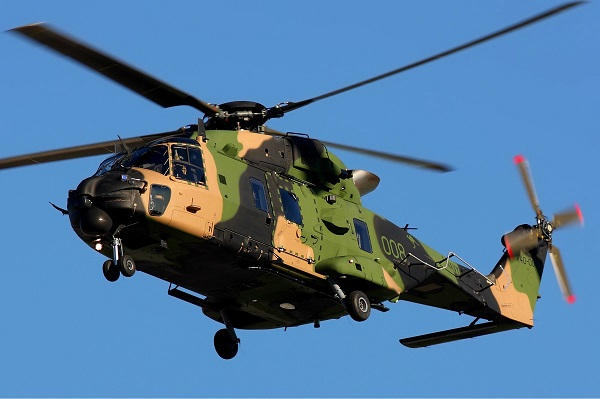Exactly, and IMO on reflection was actually a good idea considering the logistics and spares issues from the OEM. It meant we could use the parts already on hand then just replace those parts on the non-flying frame mitigating the lengthy wait times as obviously then not an issue as the frame is "grounded" already anyway. Australia already had a spare frame as it was and then when they "retired" the 6 navy frames this should have then placed them in a similar situation as us with no effect on the original army squadrons.It is quite simple, Rotable parts, are the parts that are in them selves fixed and returned to service and this is what the the spare airframe supplied, as an example a control power pack, when it reaches its life expectancy or develops a fault like a hydraulic leak, is removed and replaced with a serviceable unit. it is then sent to a servicing unit and repaired or reconditioned and returned to the supply system were it will enter service again when required. A large proportion of parts fall into this category, anything from a landing gear strut to a cockpit LCD screen, an altimeter to an air-conditioning cooling turbine, brakes radio's ETC. This was the type of unit that the spare airframe provided at lower cost and they would have been used as required so that the parts they replaced could be repaired or reconditioned and return to service. It is an ongoing cycle and is used down to anything that is repairable. Parts that cannot be repaired were known as consumables in my day and these include Nuts, bolts ,seals, small fittings etc and these are disposed of and new ordered.
WRT logistics for the Taipans I thought it was their generic accounting system that let them down as it couldn't keep accurate, timely and therefore safe, records of all the parts that were inevitably swapped throughout the fleet in terms of hours and time remaining on any given component which is definately not something you want/need in any complex machine with many moving parts. If you lose track of safety margins then grounding/downtime is inevitable.





